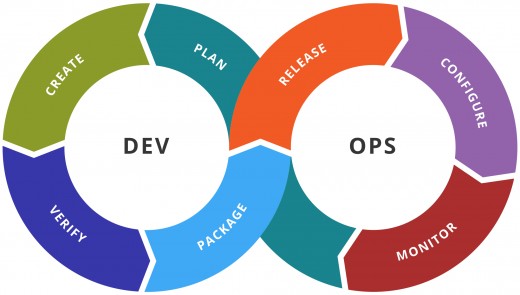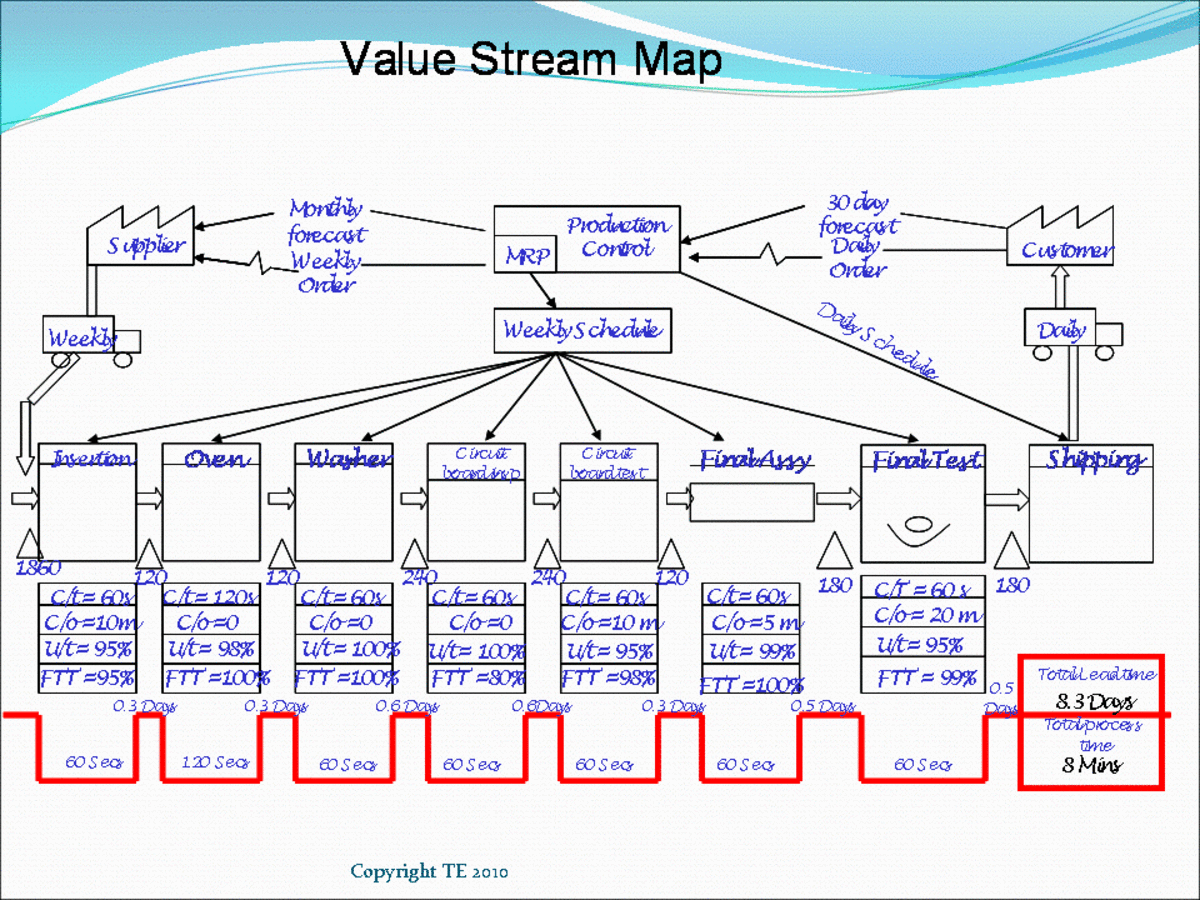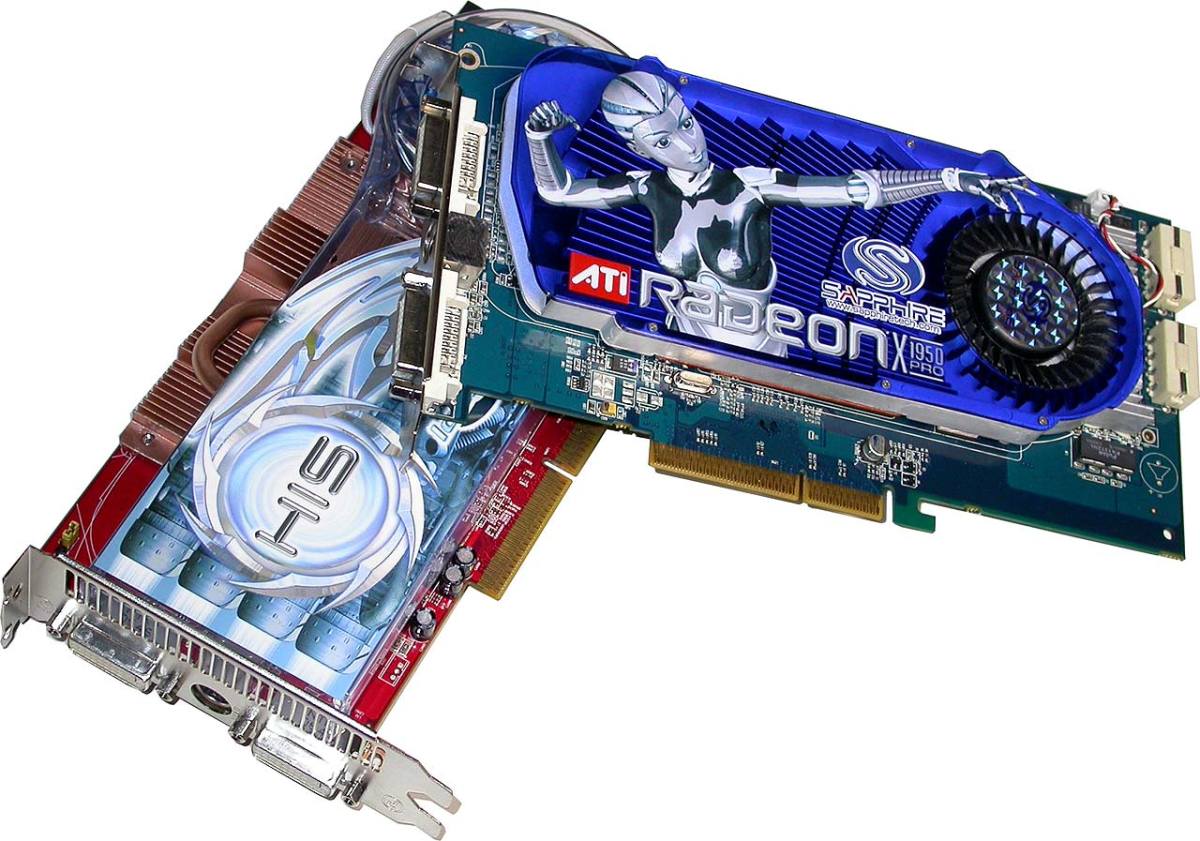- HubPages»
- Technology»
- Computers & Software»
- Computer Hardware
Navigate DevOps Like a Pro: Know the Tricks to Prime It for Success

Many enterprises are in the process of adopting DevOps, but a vast majority of them are facing significant obstacles to success. Unsuccessful enterprises are those which don't focus on best practices to improve collaboration and drive value. Before you put DevOps to work, you need to enrich it with agile methods, collaboration, automation, etc., for dealing with the hidden woes.
To set the DevOps implementation in action, enterprises should enable a business-driven approach that delivers business value. They should establish a single team working together. Its’ every part or component should be layered for accommodating processes, domain, knowledge, and domains. Such an ecosystem enables enterprises to:
- Deliver consumable solutions and products.
- Achieve faster cycle times and realization of business value.
- Improve release success rates and employee job satisfaction.
5 Secret Steps for DevOps Success

Business Focus: Enterprises should focus less on IT-centric goals and more on solving business problems and addressing strategic needs. Deploying a technology or container can be easy, but deploying a culture is more difficult. Traditional development cycles can be hard to scale for delivering consumable solutions in front of the customer. The delivery of these solutions should not take a lot of time. Three months of delay in deployment means that there is three months of risk in the system.
Every part of the DevOps framework should be grounded in the customer business value. Fusion of early feedback mechanism in the DevOps helps enterprises in reaching their target audience faster. In this way, they can converse with their customers, monitor their feedback with metrics, and make improvements.
The target of any DevOps implementation should be the valuable business outcome rather than code. Mere focus on short term benefits can incur long-term operational and support cost. These short term benefits can create spiraling technical debt and add an extra layer of complexity to IT. All this can be avoided with the help of a business focussed approach. It helps in setting up a maintainable architecture, aggressively managing the technical debt, and making iterative and incremental improvements.

Cultural Change: Culture is the most critical challenge to any DevOps initiative. Enterprises want to implement DevOps but they don't change their modus operandi. In many cases, people fear change and they remain skeptical that how DevOps will impact their role. In such environments, DevOps faces resistance and rebellion of employees. DevOps success depends upon leadership which drives its acceptance.
A lot of agile implementations are not consumable and they reboot several times as they are set up with less focus on culture. In a DevOps model, the development team needs to be fast and innovative and the operations team should be slow for protecting business interests and promising higher uptime. These differences create friction between development and operations team. Teams with different objectives start arguing with each other.
In a DevOps framework, development and operations need to work together. They should change cultural themes for supporting processes and culture. Therefore, enterprises should be able to unify goals, objectives, and incentives. Every team member should be onboarded for valuation and extreme mapping. This helps everybody in a team to understand each other's needs.

Automation: Enterprises must understand that craftsmanship to create great products is automation. Manual code-based processes are cumbersome and they inhibit agility -- they are also rigid and harder to test. In contrast, automation provides a simple route map for moving away from monolithic applications. It can be used to breaking down complex monolithic processes into pieces.
Automation provides a cohesive, coarse-grained, and microservices architecture for remodeling, re-architecting, or refactoring monolithic setup. The business processes can be extended and linked with external ecosystems in simple ways. In such an environment, solutions are available for everyone via continuous integration pipeline. Teams can run, execute, and deploy tests and ensure better release management. Using automation Netflix makes thousands of code changes in an hour to address the strategic needs of the customer. Similarly, Amazon sells nearly 1000 products in a minute.
Automation of repeatable processes, ticketing systems solves hidden IT woes and improving service desk workflow-related tasks. Streamlined event management systems, business user portals, monitoring systems, can be streamlined for faster service desk needs. Automated remediation of server management tasks can help teams in preventing breakdowns before they outbreak. Programmatically controlled workflows detect performance anomalies, constraints, unusual system events, etc., and trigger remediation.

Continuous Improvement: Enterprises should be able to experiment and learn fast. This unique ability validates products and guides teams to move in the right direction at a lower cost. This part can be simplified via small sprints & subsets. Incremental changes shall be preferred instead of massive bigger changes. Therefore, enterprises should split long efforts into small phases.
Incremental changes empower teams to develop their own processes. Availability of feedback loops can provide metrics to verify that a process change is not disrupting other areas. This allows enterprises to verify that everything is working correctly. In this way, they can improve the velocity of scrum teams, set up a center of excellence, and spread industry best practices across the enterprise. Here are some steps to make incremental changes in an enterprise:
- Step1, Identify the Constraint: Understand the blocker which is impeding processes.
- Step 2, Exploit the Constraint: Remove the unnecessary work from the constraint.
- Step 3, Subordinate Everything to the Constraint: Realign systems to eliminate the constraint.
- Step 4, Elevate the Constraint: Add capacities or hire skills to eliminate the constraint.
- Step 5, Avoid Inertia: Repeat the five steps, optimize value stream and mapping.
Many steps try to jump from Step 1 to Step 4 with the help of automation. However, these steps can be implemented without any new tools and expenses.

Agile Development: Enterprise should focus on implementing agile at a practical level and align everybody for a single cause. They should eliminate silos that exist between the development and operations team. These silos create massive knowledge gaps between business, development, and operations teams. A smoother symbiosis between all teams allows enterprises to deliver better services and products to customers.
Continuous integration and continuous development model helps in building a more user-centric model that ensures easy delivery of cloud services. This distributed model streamlines governance and addresses distinct business needs. It enables them to engage customers in a better way and delivers greater agility on digital channels.
Enterprise can refer to agile development tools like Agile & Scrum and fuse them with extreme programming concepts to increase DevOps success. Modern-day enterprises use ‘Test First’ approach for Agile Development. Test First approach improves the quality and maintainability of code. Moreover, their IT teams use simple designs to write minimal code that satisfies the test in simple ways. Small series of releases are used by them for delivering the code. These small releases reduce business risks and improve ROI. Also, they use continuous integration to get constant feedback on the solution. Refactoring helps them in regularly adjusting and improving the code. Another best practice referred by digital leaders or enterprises succeeding with DevOps is knowledge sharing. Their teams share knowledge on regular basis for developing higher capacity codes. Collective ownership of code and knowledge ensures that every team member is collectively responsible for every code.
Conclusion
DevOps is a paradigm shift, a new way of delivering business objectives and supporting critical priorities. Enterprises should turbocharge and fine-tune it with industry best practices before implementing it. To succeed with DevOps, enterprises should set up a customer-focused enterprise, change their cultural mindset, adopt agile methods, choose a pilot application, and develop the pipeline.








